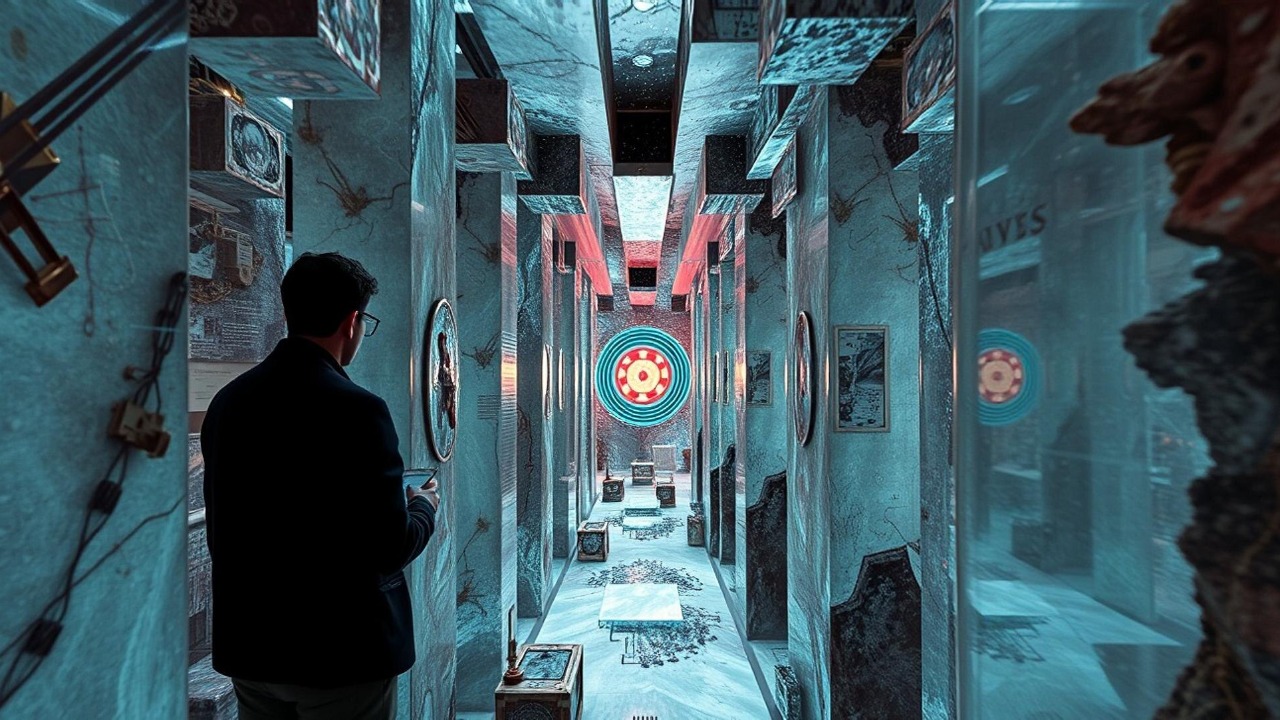
The SABRE South experiment, nestled in the depths of the Stawell Underground Physics Laboratory in Australia, is poised to make significant strides in the global quest to unravel the mysteries of dark matter. This facility, equipped with a sodium-iodide crystal detector array, is designed to detect weakly interacting massive particles (WIMPs), a potential explanation for dark matter’s composition. With its operational launch on the horizon, SABRE South is set to complement the northern hemisphere’s SABRE INFN effort in Italy, marking a significant advancement in dark matter research. source
The SABRE Experiment Overview
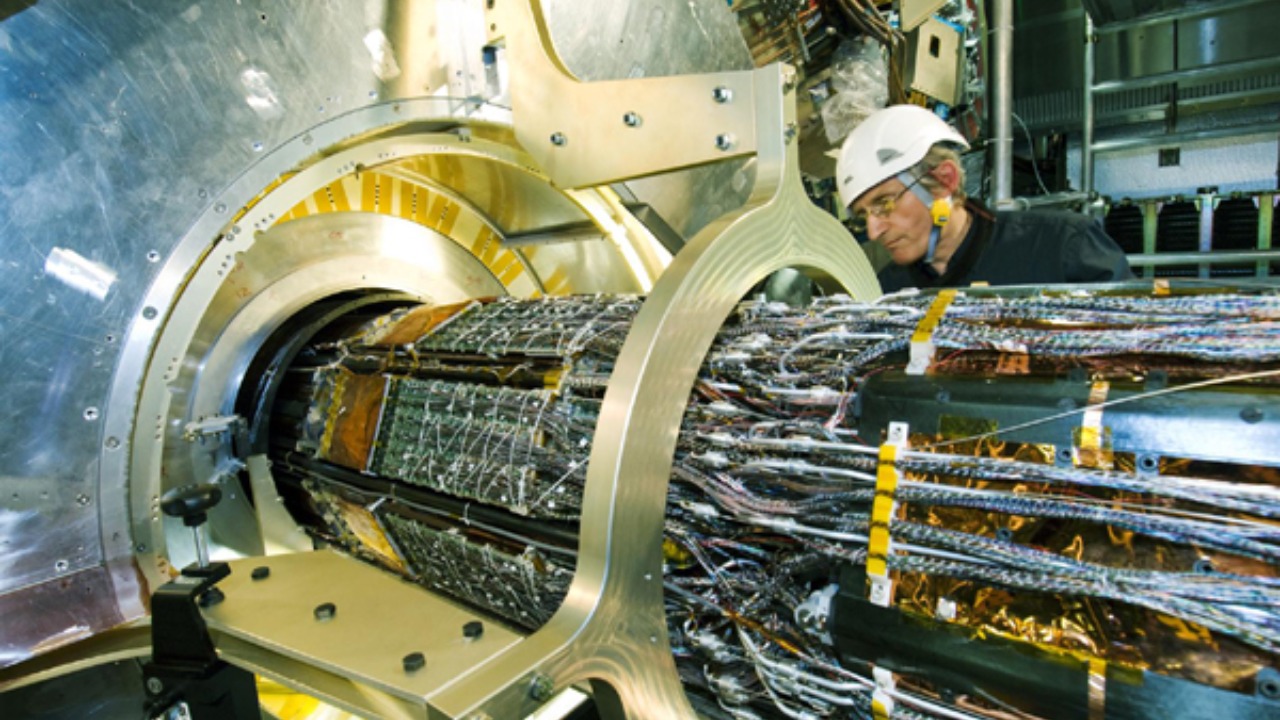
The SABRE project employs a dual-hemisphere strategy, with SABRE South in Australia and SABRE North in Italy working in tandem. This approach allows for the monitoring of annual modulation signals from dark matter interactions, effectively reducing false positives from cosmic ray interference. The detector technology used in this project is high-purity sodium-iodide (NaI(Tl)) scintillators, which mimic the DAMA/LIBRA setup to test for WIMP-nucleus scattering events. source
The experiment aims to achieve unprecedented sensitivity, targeting a WIMP mass range of 1-10 GeV/c². The background rejection rates are set to be below 0.5 events per kg per day per keV, a feat that could potentially revolutionize our understanding of dark matter. source
Location and Underground Infrastructure
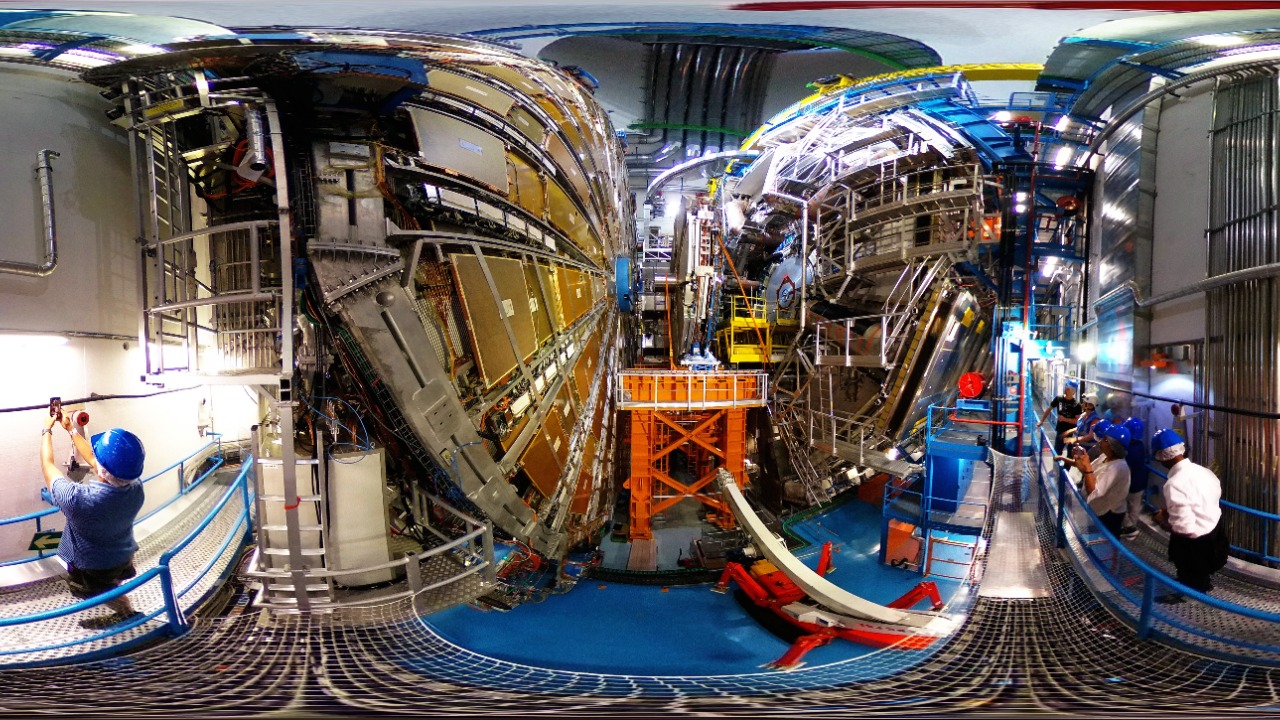
The Stawell Underground Physics Laboratory (SUPL) in Victoria, Australia, is the home of the SABRE South experiment. Located 1 km underground in a former gold mine, the facility provides a shielded environment for the detectors, protecting them from cosmic muons. The construction timeline of the facility saw the completion of excavation in 2020, with detector installation phases commencing in 2023 under the leadership of the University of Melbourne and international collaborators. source
The site offers specific advantages such as low radon levels and stable rock overburden, which enable cleaner data collection compared to surface-based experiments. These conditions are crucial for the detection of weak signals from potential dark matter interactions. source
Scientific Goals and Dark Matter Hypotheses
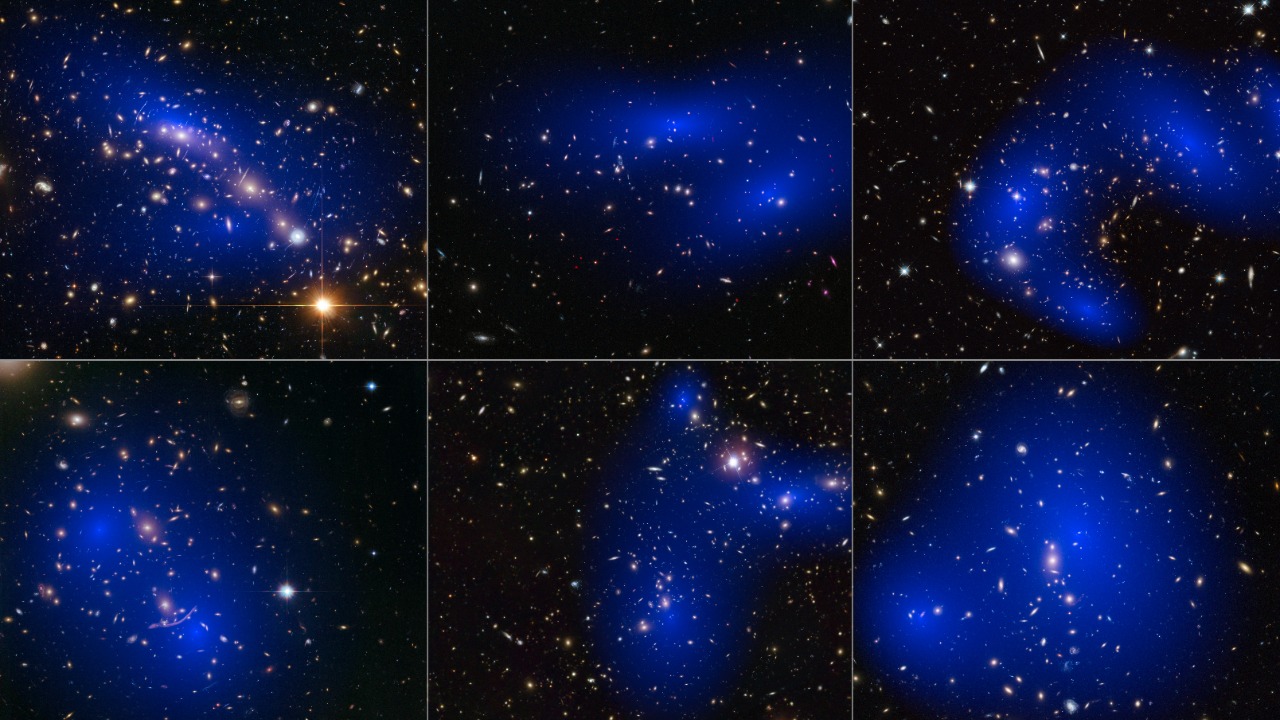
The primary goal of the SABRE South experiment is to confirm or refute the DAMA/LIBRA annual modulation signal, which is attributed to Earth’s orbital motion through a dark matter halo. The experiment also targets specific dark matter models, including light WIMPs. If standard WIMP signals fail, potential explanations involving mirror dark matter or axions will be explored. source
The experiment also plays a crucial role in resolving global discrepancies in dark matter research, such as tensions with null results from LUX-ZEPLIN or XENON experiments. The results from SABRE South could potentially harmonize these conflicting findings and provide a clearer picture of dark matter’s nature. source
Challenges and Technological Innovations
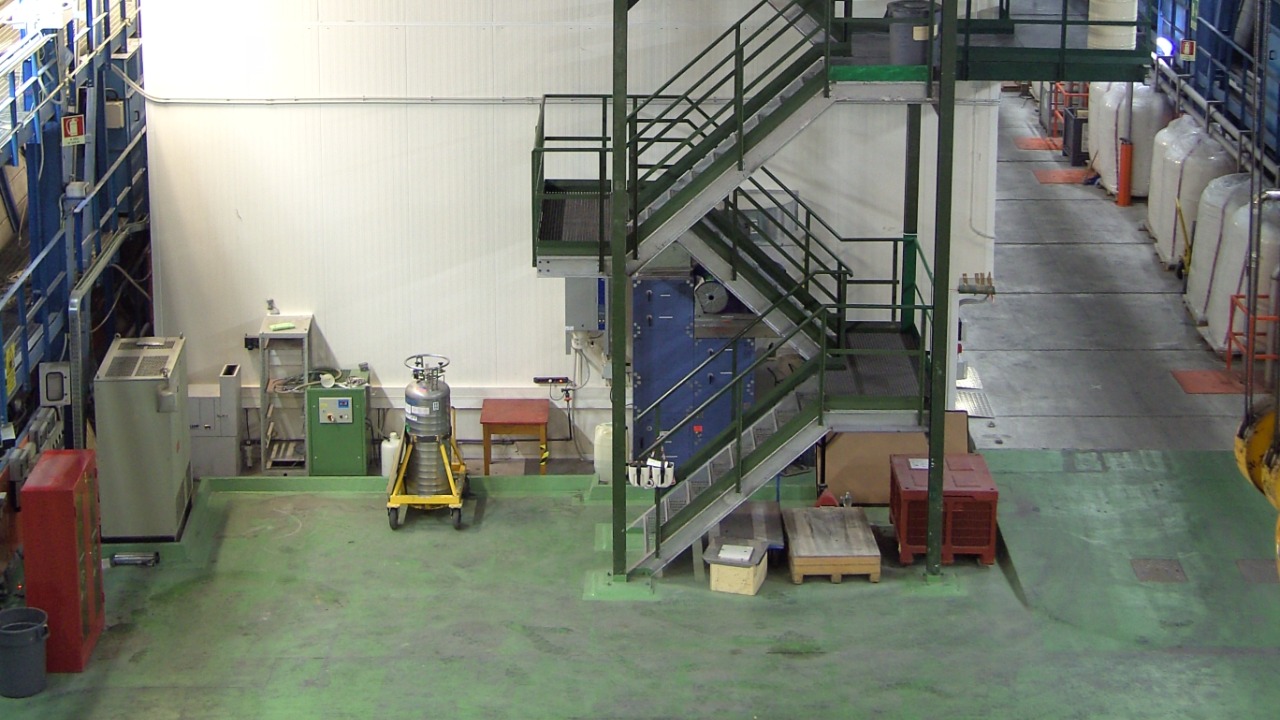
One of the significant challenges in dark matter detection is the mitigation of background noise. The SABRE South experiment employs strategies such as ultra-low radioactivity screening of materials and active veto systems using liquid scintillator panels to address this issue. The project is supported by the Australian Research Council and involves a collaboration of 50 scientists from institutions like the University of Adelaide and Gran Sasso National Laboratory. source
Another potential hurdle is achieving cryogenic cooling for the 50-kg detector array while maintaining operational stability in the underground environment. Overcoming these challenges will require innovative technological solutions and meticulous planning. source
Implications for Astrophysics and Beyond
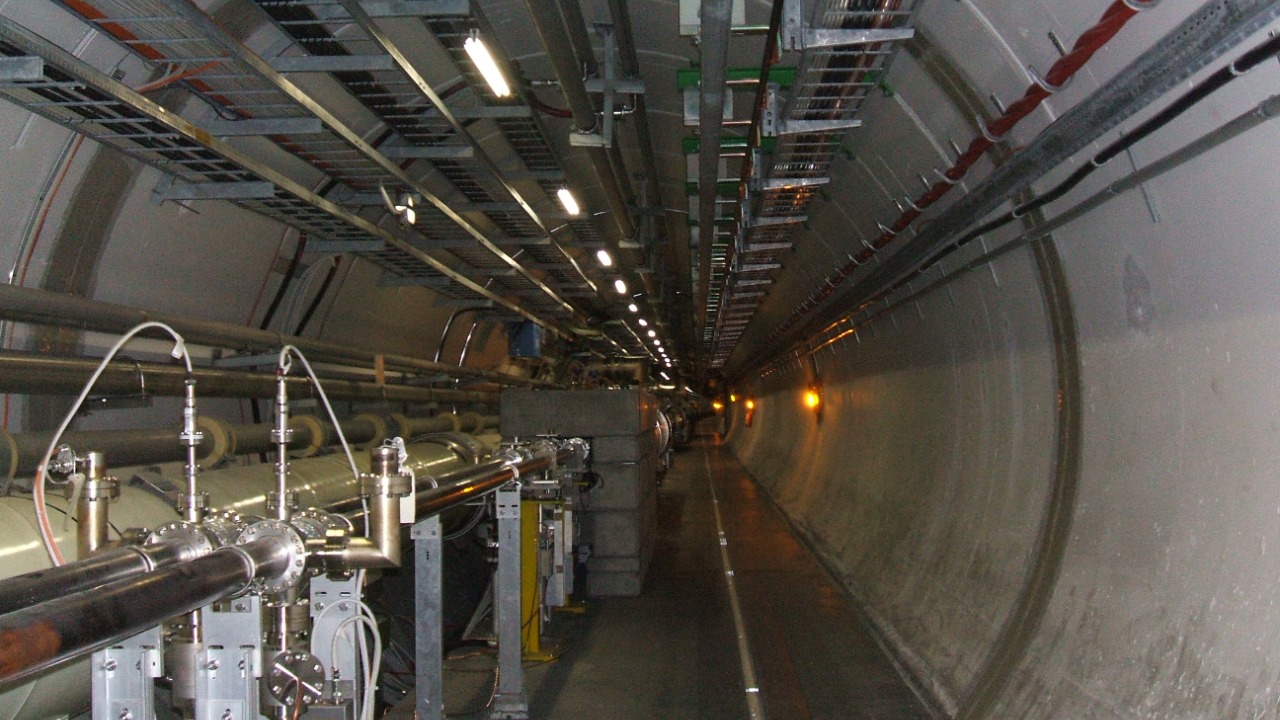
Positive results from the SABRE South experiment could have far-reaching implications for astrophysics. They could reshape models of galactic dark matter distribution and galaxy formation dynamics, providing new insights into the structure and evolution of the universe. source
The experiment could also have broader impacts on particle physics. If WIMPs are detected or excluded, it could place constraints on supersymmetry theories, a significant aspect of theoretical physics. Looking ahead, there are plans for future expansions, such as scaling to a 100-kg detector phase post-initial runs to enhance statistical power. source